Are you familiar with the Tsai-Wu material model? It combines plastic and orthotropic properties, which allows for special modeling of materials with anisotropic characteristics, such as fiber-reinforced plastics or timber.
If the material is plastified, the stresses remain constant. The redistribution is carried out according to the stiffnesses available in the individual directions. The elastic area corresponds to the Orthotropic | Linear Elastic (Solids) material model. For the plastic area, the yielding according to Tsai-Wu applies:
All strengths are defined positively. You can imagine the stress criterion as an elliptical surface within a six-dimensional space of stresses. If one of the three stress components is applied as a constant value, the surface can be projected onto a three-dimensional stress space.
If the value for fy(σ), according to the Tsai-Wu equation, plane stress condition, is smaller than 1, the stresses are in the elastic zone. The plastic area is reached as soon as fy (σ) = 1; values greater than 1 are not allowed. The model behavior is ideal-plastic, which means there is no stiffening.
.png?mw=1024&hash=030cb7f14b7dd254ccbeb9f793a61928f96d486f)


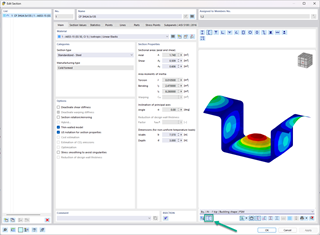
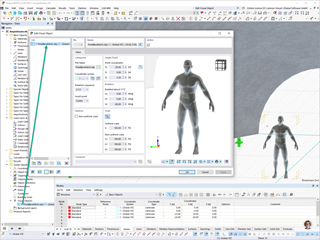
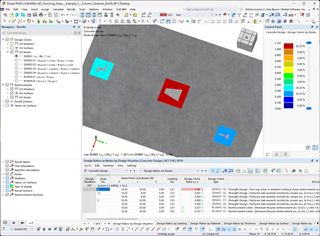



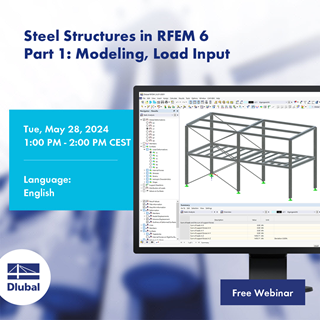






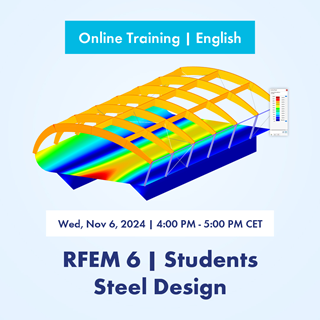
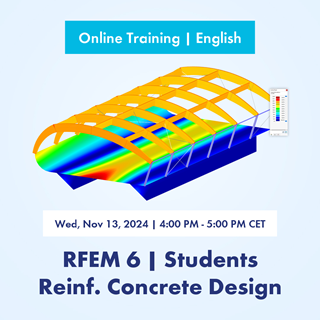

















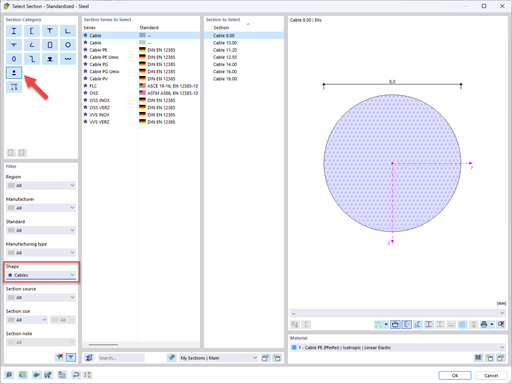

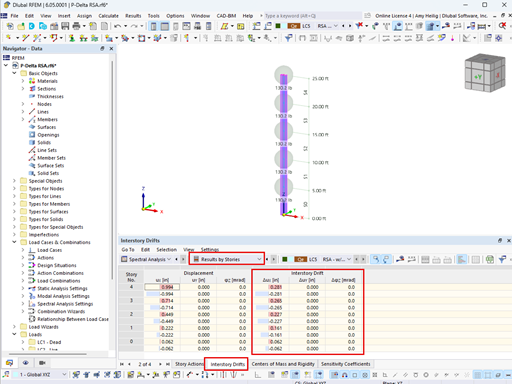
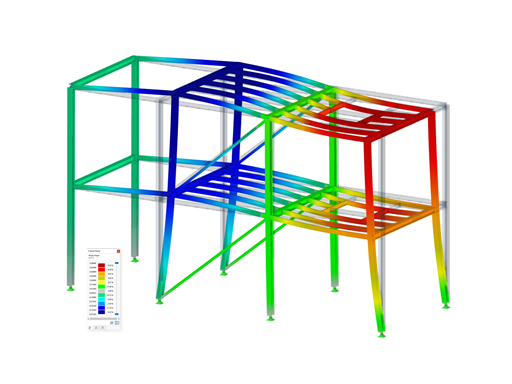
.png?mw=350&hash=6732f7629488095a8589e07dd8fe81f724e0ee6c)




.png?mw=350&hash=26e769b937e636c402d55a77058e403a5f9b3eaa)
.png?mw=350&hash=9747ed5bd021ab777543844e3a3addd0b8a36d62)

.png?mw=512&hash=57a05dc9f33b1949836c96669cadcdc6332b64e5)

















